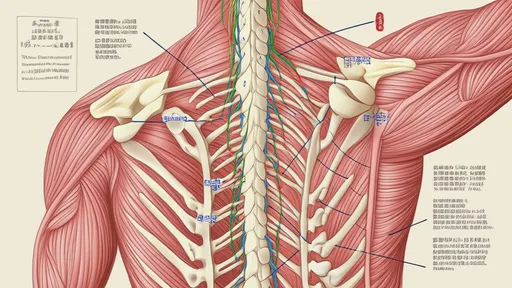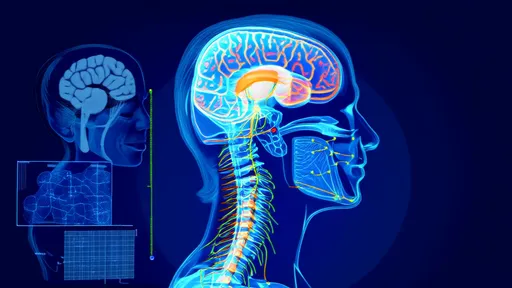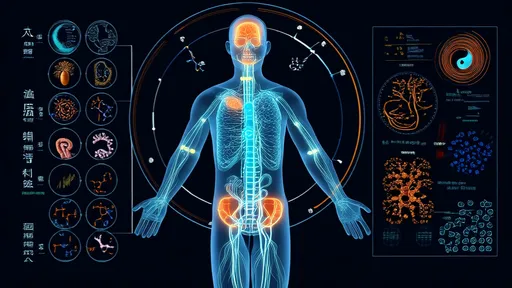For millions of workers worldwide, shift work is an unavoidable reality. Nurses, factory operators, emergency responders, and countless others maintain operations while the rest of society sleeps. Yet this necessary schedule comes at a steep biological cost—the human body was never designed to consistently override its natural circadian rhythms. The consequences of chronic misalignment between internal clocks and external demands manifest as sleep disorders, metabolic disturbances, and impaired cognitive function. Rather than resigning to these health impacts, emerging research demonstrates that strategic sleep phase adjustments can help mitigate the damage.
The circadian system, governed by the suprachiasmatic nucleus in the hypothalamus, relies on environmental cues—primarily light exposure—to synchronize physiological processes with the 24-hour day. When work schedules require alertness during biological night and sleep during biological day, every cell in the body receives conflicting signals. This explains why night shift workers often experience unrefreshing sleep even when achieving sufficient duration. The key lies not in fighting circadian biology but in carefully manipulating its plasticity through timed light exposure, melatonin supplementation, and gradual schedule transitions.
Light remains the most potent zeitgeber (time-giver) for human circadian rhythms. For workers transitioning to night shifts, strategic light management involves avoiding morning sunlight on the commute home while creating bright artificial light during night hours. Specialized light boxes emitting 10,000 lux can effectively trick the brain into perceiving night as day. Conversely, daytime sleep requires blackout curtains and amber-tinted glasses to block blue wavelengths that suppress melatonin. These interventions sound simple but require meticulous planning—a single burst of sunlight during the wrong time can undo days of careful phase shifting.
Melatonin, the hormone signaling biological night, serves as both a sleep aid and circadian phase adjuster when administered correctly. Taken 4-5 hours before desired sleep time, it facilitates earlier sleep onset for those moving to earlier shifts. For night workers, small doses (0.5-3mg) taken at the end of their shift help consolidate daytime sleep. The timing proves more critical than the dosage—melatonin acts as a phase-setting tool rather than a conventional sleeping pill. Combined with light control, this hormonal nudge helps realign sleep propensity with available rest periods.
Gradual transition protocols represent the most underutilized strategy in shift work adaptation. Abrupt schedule changes—like switching from day to night shift without preparation—represent a shock to the system comparable to flying across multiple time zones weekly. Progressive adjustment, shifting sleep times by 2-3 hours daily across several days, allows the circadian system to adapt without triggering extreme sleep deprivation. Some forward-thinking hospitals now implement "ramp-up" schedules where nurses move through afternoon shifts before assuming night rotations, demonstrating significantly better adaptation metrics.
The interplay between sleep timing and meal schedules introduces another layer of complexity. Digestive organs maintain their own circadian rhythms independent of brain control. Night workers consuming large meals during biological night experience poorer metabolic outcomes regardless of sleep quality. Time-restricted eating—compressing food intake to align with daylight hours even during night shifts—shows promise in maintaining glucose regulation. This approach requires cultural shifts in workplace meal policies but could prevent the weight gain and diabetes risk prevalent among long-term shift workers.
Individual variability in circadian typology complicates universal solutions. Genetic testing reveals whether someone possesses "night owl" alleles of clock genes like PER3 that may make night shift adaptation marginally easier. However, even extreme evening types suffer health consequences when working against their natural rhythm for extended periods. The goal should never be perfect adaptation to unnatural schedules, but rather harm reduction through intelligent phase management. Wearable technology now allows real-time tracking of circadian markers like core body temperature minima, enabling personalized adjustment protocols.
Employers bear responsibility in facilitating these biological adjustments. Providing well-lit break rooms for night workers, offering melatonin supplements in workplace pharmacies, and designing shift rotations that move clockwise (day-evening-night) demonstrate evidence-based approaches to workforce health. The economic argument proves compelling—every percentage point improvement in shift worker sleep quality correlates with reduced absenteeism and fewer safety incidents. Forward-thinking corporations now employ circadian consultants alongside traditional occupational health teams.
Ultimately, the science of sleep phase adjustment validates what shift workers intuitively understand—their bodies never fully accept schedules that contradict evolutionary programming. Yet through strategic interventions grounded in circadian biology, the millions who keep our hospitals, factories, and cities running can achieve better rest, sharper alertness, and longer-term health. The solutions require commitment from both individuals and institutions, but the alternative—chronic circadian disruption—carries costs no society can afford to ignore.

By /Jul 14, 2025

By /Jul 14, 2025

By /Jul 14, 2025

By /Jul 14, 2025

By /Jul 14, 2025

By /Jul 14, 2025

By /Jul 14, 2025

By /Jul 14, 2025

By /Jul 14, 2025

By /Jul 14, 2025

By /Jul 14, 2025

By /Jul 14, 2025

By /Jul 14, 2025

By /Jul 14, 2025

By /Jul 14, 2025

By /Jul 14, 2025

By /Jul 14, 2025

By /Jul 14, 2025